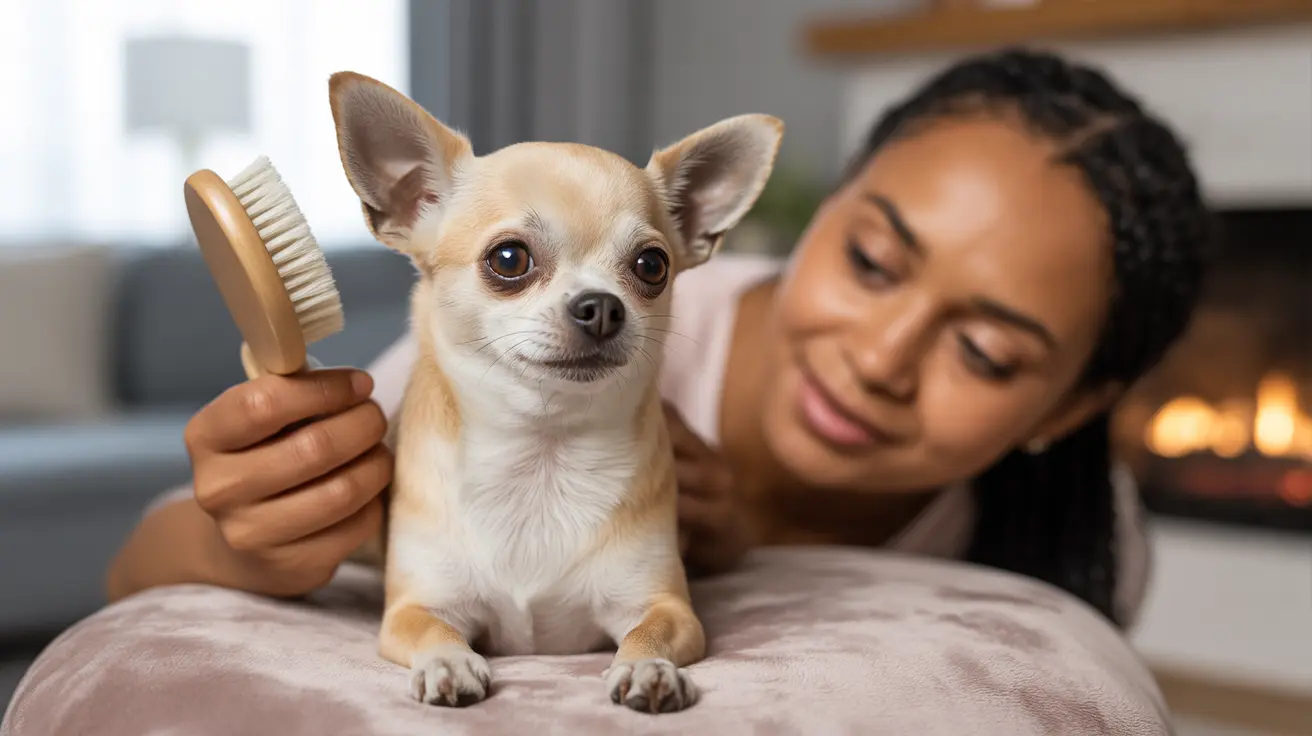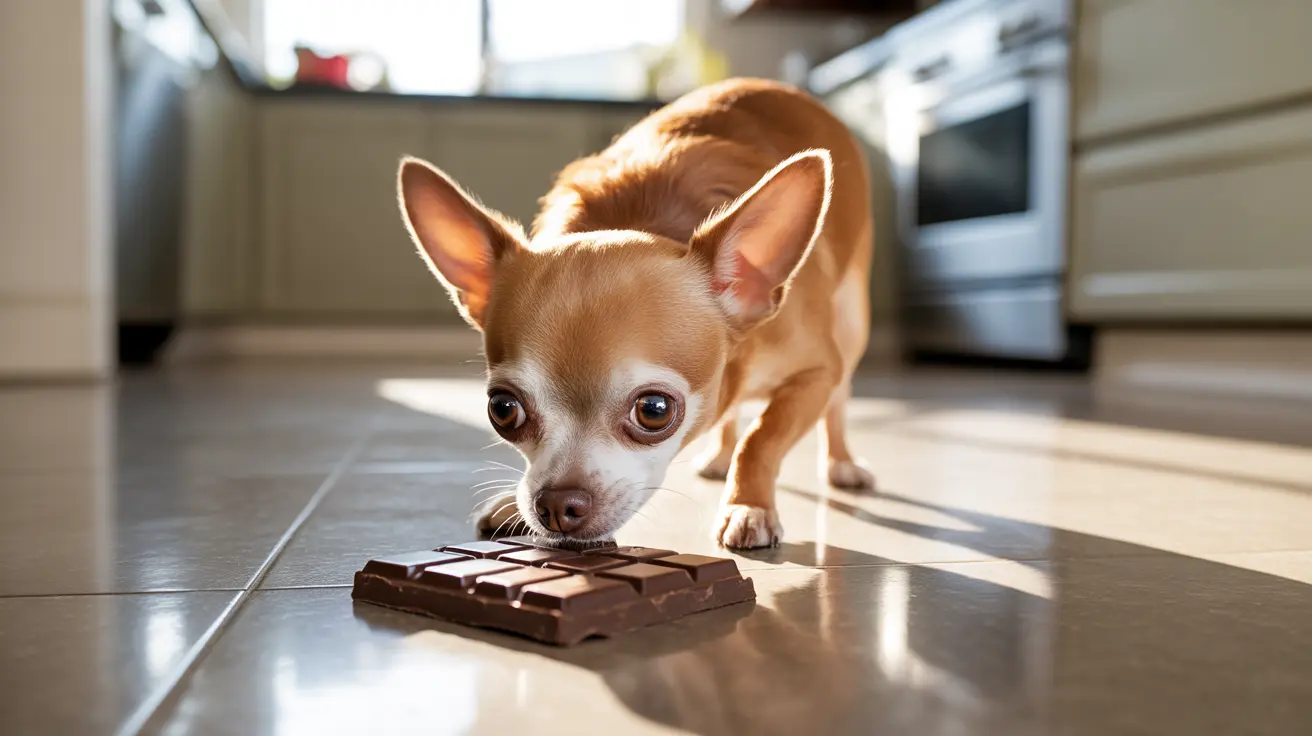Understanding the 7-7-7 Rule for Puppies in Potty Training
When bringing a new puppy home, one of the first challenges is successful house training. Among the various methods and routines discussed by trainers and dog owners, the so-called
7-7-7 rule has emerged—a helpful guideline designed to instill consistency and predictability in a puppy’s early life. While not an official rule, the '7-7-7' concept encourages structured intervals to support feeding, potty breaks, and bedtime habits tailored to young dogs' developmental needs.
What Is the 7-7-7 Rule?
Though not formally defined, the '7-7-7 rule' typically refers to creating intervals of
7 minutes, 7 hours, or 7 days depending on the puppy’s age and needs. It might be interpreted as:
- Every 7 minutes: For very young puppies, supervision may be needed every few minutes to prevent accidents inside.
- Every 7 hours: As the puppy matures, crate confinement or potty breaks might last up to 7 hours, but this duration is usually only suitable for older puppies or adult dogs.
- Every 7 days: Weekly assessments and progress-tracking help ensure that the routine is effective and the puppy is advancing toward full house training.
Importance of a Structured Schedule
House training requires consistency and predictability. Puppies thrive on routines, so following a schedule helps them understand when and where bathroom breaks occur. In line with the principles behind the 7-7-7 rule, your routine should include:
- Regular feeding and hydration times
- Consistent potty outings after meals and naps
- Predictable playtimes and sleeping hours
Key Elements in Successful Puppy House Training
1. Establish a Routine: Puppies under 8 weeks old often need to go potty every 1–2 hours. As a general rule, take them out every hour per month of age. For example, a 2-month-old may need a break every 2 hours.
2. Choose an Elimination Spot: Always take your puppy to the same location outdoors to eliminate. This builds familiarity and creates olfactory cues.
3. Supervise and Confine: When you’re not actively supervising, use a crate or a small area with bedding. This encourages your puppy to hold their bladder.
4. Positive Reinforcement: Use treats and praise when your dog eliminates outside. Cue phrases like “Go potty” help associate the space and action.
5. Consistent Feeding: Puppies should be fed three times a day. Expect them to need a potty break within 15–30 minutes after eating.
Interpreting the 7-7-7 Pattern by Puppy Age
While not universal, the following is a sample of how a 7-7-7 structure may apply to puppies of different ages:
- Young puppies (8–10 weeks): Supervise or take out every 15–30 minutes; confine no longer than 1–2 hours.
- Medium-aged puppies (10–16 weeks): Breaks every 2–3 hours with a maximum crate time of 4 hours.
- Older puppies (16+ weeks): May begin to stretch the time to 6–7 hours between breaks, especially at night.
Dealing with Common Issues
Accidents: Remain calm. Interrupt gently if caught in the act and take the puppy outside. Clean the area thoroughly with enzymatic cleaner.
Night Time Needs: Puppies might not sleep through the night. Let them out before bedtime and if they wake you up during the night.
Loneliness or Separation: If you're away, arrange for a neighbor or pet sitter to take your dog out. Puppies under four months shouldn't be alone for long.
Tips for Long-Term Success
- Gradually increase indoor freedom as your puppy shows reliability.
- Stay consistent even if progress seems slow.
- Do not punish mistakes; focus on praise and redirection.
- Track progress weekly to ensure the puppy is on a path toward full house training.
Conclusion
While the 7-7-7 rule may not be a universally recognized training method, it acts as a helpful mnemonic to emphasize the
importance of timing, consistency, and observation in house training a puppy. Understanding your dog's developmental stage and setting appropriate time intervals for supervision, elimination, and nurturing will greatly increase your chances of success. Eventually, your puppy will adapt to your routine, leading to a well-trained and happy companion.





